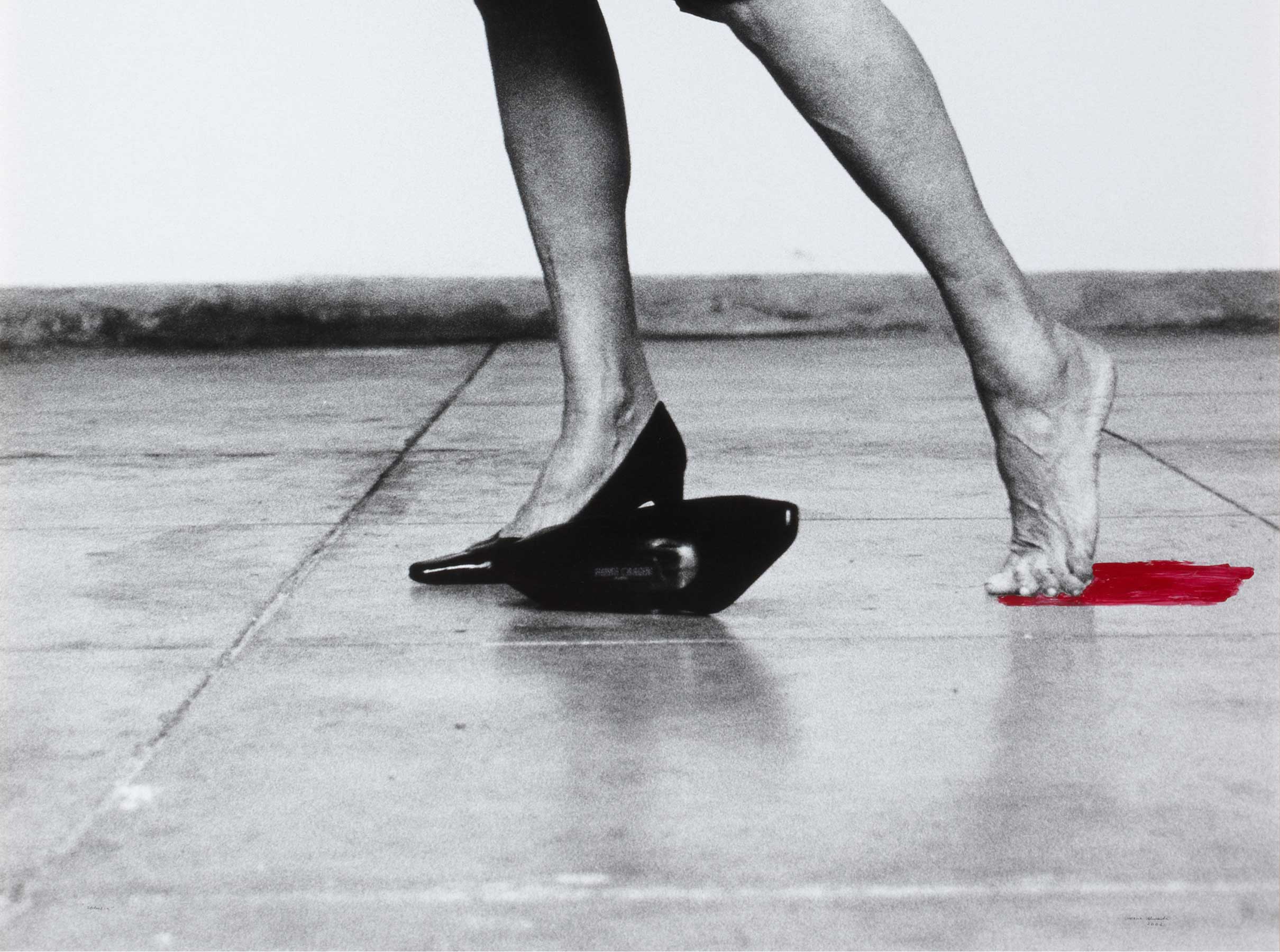Nu assis [Seated Nude]
- 1927-1928
- Pencil on paper
- 25,4 x 17,4 cm
- Cat. D_287
- Acquired in 2001
The Banco de España collection has three works on paper by Julio González dating from the early 1900s, as well as a sculpture from his most interesting period, the 1930s. During the first decades of his career, González preferred to devote himself to drawing and painting, and it was not until the late 1920s that he began to focus on sculpture. These are three figurative drawings — in fact, three sketches: a vertical landscape, sketched out first in charcoal and then painted in watercolours; an academy work, depicting a nude of a seated woman viewed from behind (No. 1940 in the author's catalogue raisonné) which is very reminiscent of the drawings of Edgar Degas (the Marie-Thérèse Roux Collection has several similar pieces and even an oil sketch bearing the same title); and a countryside scene in pencil and watercolours (No. 1 566 in the author's catalogue raisonné), depicting what was to become a frequent motif in the artist's canon: a peasant woman at work, which has parallels with his 1927 sculpture, Small Profile of a Peasant Woman. In the following decade, the figure of La Montserrat was to become important as an archetype of the humble working mother suffering the horrors of war.
Long-Necked Head is a bronze multiple sculpture dating from 1932, of which eight copies were cast, one of which is in the MoMA in San Francisco. It was cast by the Godard foundry in Paris. There is also an iron version in the Musée National d'Art Moderne in Paris. Although most of the Catalan artist's works use iron, a material he found easy to work with, Roberta González, the artist's daughter, said that her father would have liked to work more with bronze, and with other more expensive materials such as gold, but could not always afford to do so. The sculpture, which sits atop a small cube-shaped pedestal, uses assembled lines and planes to depict, asymmetrically and schematically, a head with a long neck. It might seem abstract, but the title of the work suggests that it is based on a model taken from nature. This sculpture is representative of one of Gonzalez's approaches that was to have the greatest influence on later modern and contemporary art: drawing in space. Some authors consider Long-Necked Head to be the starting point for his cardinal sculpture Woman at a Mirror (1936-1937).
Other works by Julio González

![Nu assis [Seated Nude]](/f/webca/INF/assets/img/fff.png)